A walk through the EUR district demonstrates that bad governments can have amazingly good taste.
Rome is one of the few cities in the world that have never been entirely redone – unlike Paris and London, for example, both very old cities, too (although not quite as old as Rome) which today consist largely of 19th century townscapes with some older and some newer buildings thrown in.
Rome, conversely, is much more of a patchwork job: here, nobody has ever had the energy to pull everything down and start anew, and much of the city looks like a blackboard from which previous writing was not completely wiped out before new writing was added.
Consequently, there is a bit of everything around: antique ruins, medieval churches, Renaissance palazzi, Baroque statues – and some more recent stuff, too. Including stuff that you rarely find anywhere else – Fascist stuff, for example.
Admittedly, Germany, too, still has many buildings that were constructed in the 1930s, but they tend to serve as post offices, railway stations and the like, workaday structures that do not declare or betray any political loyalty: everything that was explicitly built to glorify the system was torn down in the immediate aftermath of the war.
Not so, however, in Italy.
(Still) Surviving Fascist Architecture in Italy
If you are interested in finding out why Fascist architecture got away so lightly, you get a pretty good idea by taking a close look at one of Mussolini’s favourite projects, preserved in its entirety and looking much the same as it did in the 1930s: this is the EUR district in the southwest of Rome, designed to host the Esposizione Universale di Roma (EUR) in 1942 that never took place due to the war.
The EUR is easy to reach by Metro. Just take Line B to Fermi and turn into Via Cristoforo Colombo, away from the lake. Continue to Piazza Guglielmo Marconi – the one with the obelisk in the middle – …
… and a little beyond to get a close look at all the main buildings. Walk around a bit and then return to the station. The whole tour should not last much more than one hour, so this is something you could easily do between breakfast and lunch.
Today, the EUR (originally called E42: you can still see that label on the historic manhole covers in the streets) is mainly used as a business district, although there are some government buildings around, too (mainly museums). The district appears to be thriving, and new buildings are still being added down Via Colombo, although not in the central section around Piazza Marconi which was completed after the war – incidentally by the same architects who had been commissioned by the Fascists.
Two buildings stick out. First, there is the graceful Palazzo dei Congressi on the right hand side of Via Colombo, which was inspired by the architecture of the Pantheon. Construction of the congress centre was started in 1938 but only completed in 1954.
And then there is the iconic Palazzo della Civiltà del Lavoro on the other side of Via Colombo, inspired by the shapes and dimensions of the Colosseum. (It was originally designed as a museum but is currently being converted into the HQ of the fashion house Fendi.)
So what to make of it all? It is clear that the Italian fascists had better taste than the Nazis in Germany whose monumental classicism always feels like the architectural equivalent of an oompah band. But is it fair to label the EUR architecture as “Fascist” at all? Italians would probably argue that the EUR is not a giant monument to Fascism and that it merely expresses a continuity of styles –representing a modernist take on what Caesar, Michelangelo and the baroque Popes also found beautiful. Why should they let go of what had provided the backbone of their architecture for 2000 years, the elegant classical form, just because Mussolini had also liked it?
That’s an argument that cannot be dismissed out of hand. But is it really as simple as that? Just have a good look around and make up your own mind about it.
At any rate, there is more to the EUR than politics. Italian movie directors have always loved the area, Fellini used it for some scenes in La Dolce Vita, and Michelangelo Antonioni basically built a whole film – L’Eclisse – around the EUR. From Fermi station, you can take a brief walk to the larghetto where Alain Delon sinks his fancy car …
… and spot (in the distance) the Fungo tower (the “mushroom”) that looms over Monica Vitti’s apartment.
If you really want to explore this further, walk to the far end of the larghetto lake and turn left. Vitti’s flat is on the 1st floor of 307 Viale dell Unamesimo, and the location of the film’s final scene – described by Martin Scorsese as one of epiphanies of his own moviemaking career (“the final seven minutes of Eclipse suggested to us that the possibilities in cinema were absolutely limitless”) – is the near-by corner of Viale della Tecnica and Viale del Cyclismo (barely recognizable these days because the Hippodrome no longer exists.)
Along the lake, there are also several sandwich bars ready to serve you an inexpensive lunch.
But what can you do in the afternoon? If you feel you have seen enough Fascist architecture in Rome for the day, feel free to take a closer look at the real Colosseum or Pantheon.
If you are intrigued, however, and want to find out more about this subject, we invite you to follow us to the other side of town for more of the same, yet something completely different. Believe me: you ain’t seen nothing yet!

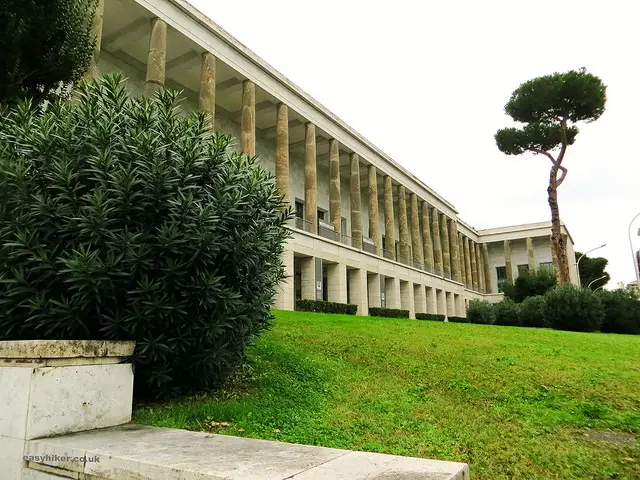
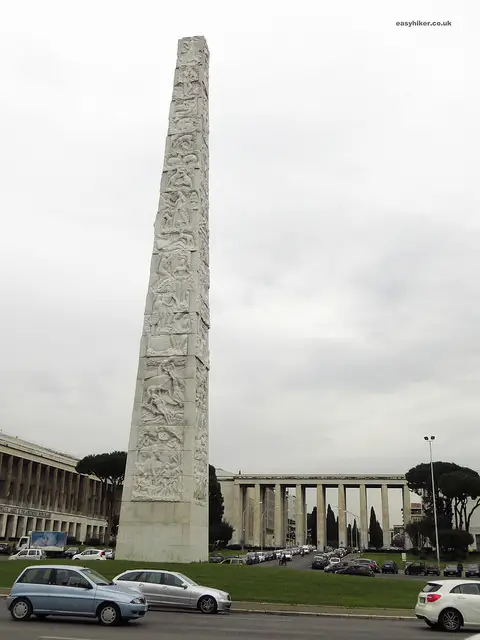
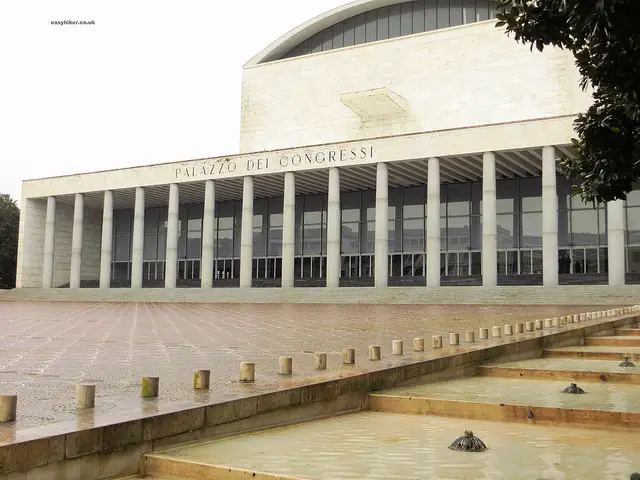
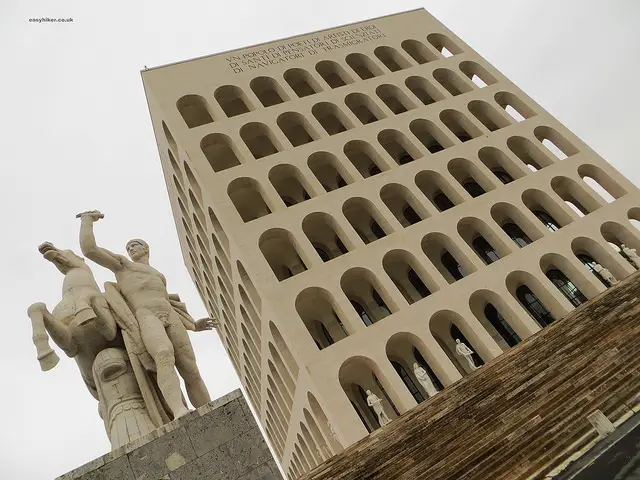
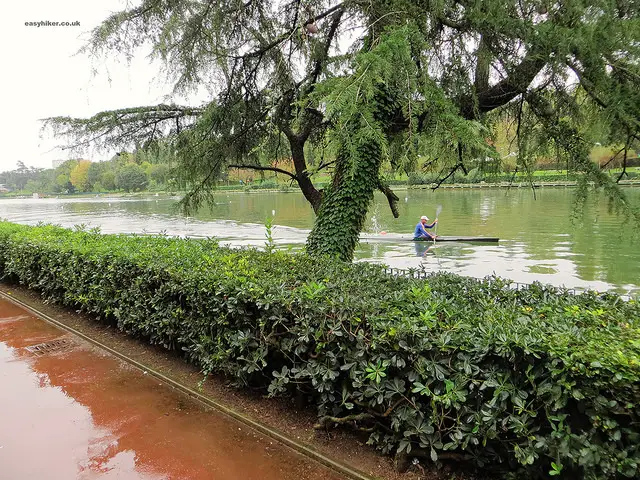
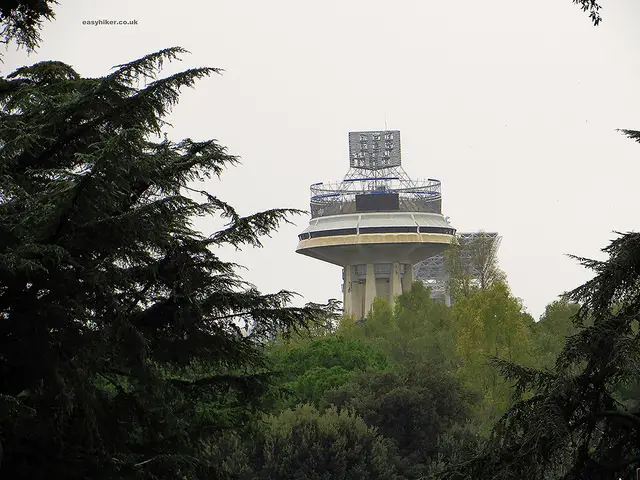

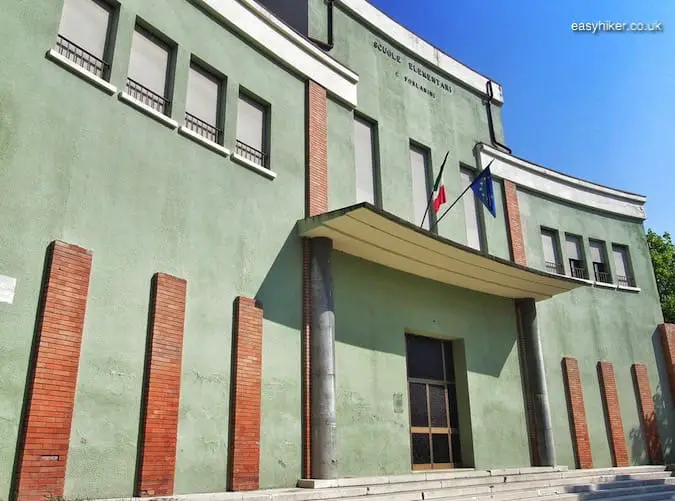
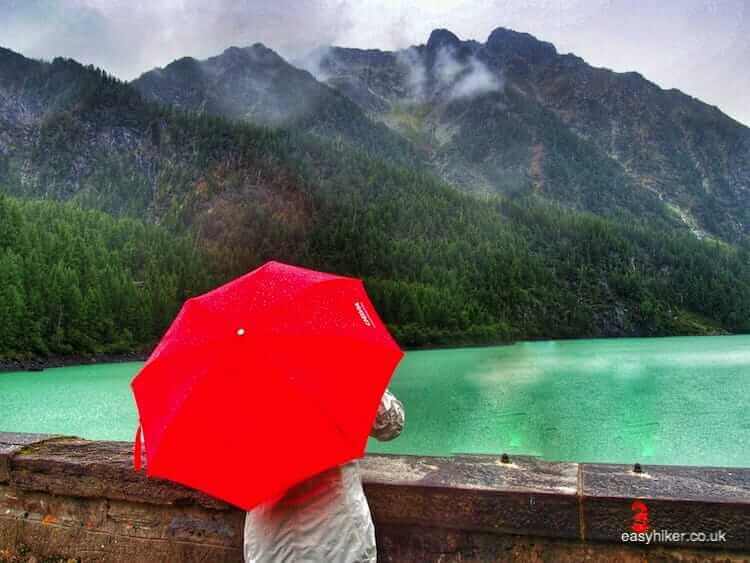
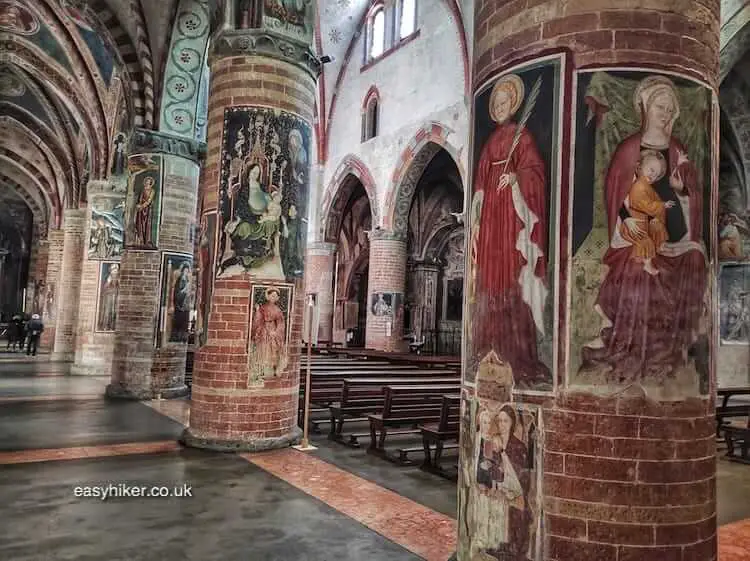
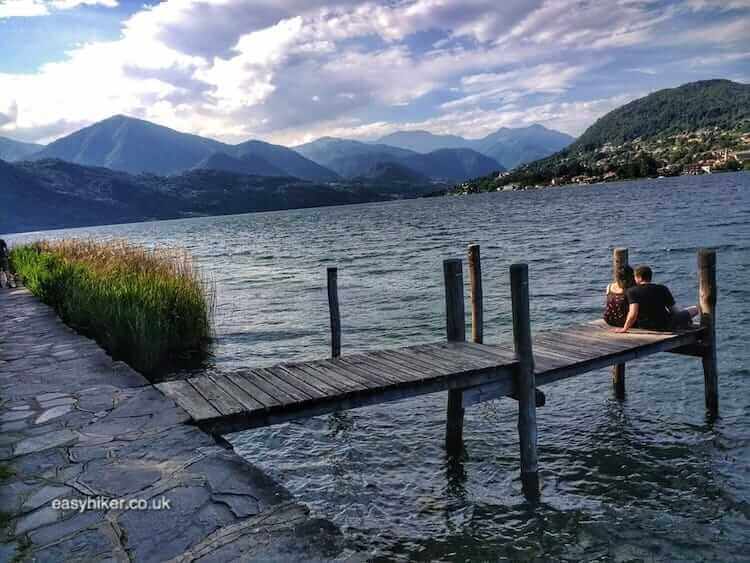

I totally missed this whole area of Rome. It’s all fascinating. Love that Palazzo della Civiltà del Lavoro. What a beautiful walk.
I didn’t know much about this side of Rome. Thanks for pointing it out to me. Lovely post with great pictures.
Great intro to Fascist architecture – knew precisely zero about it. But what appeals to be most is the paddler on the water.
I love your comparisons. The blackboard image is perfect.
I’m actually just finishing up my art history thesis and I deal a lot with fascist aesthetics – so I was really excited to see this post on my Twitter feed! Many issues come up when study the art and architecture of this period, but the cultural politics under Mussolini are really interesting, from a scholarly context. I didn’t have time to visit this part of Rome when I was in the city (only there for two days!), but I honestly want to return to Rome just to see Palazzo della Civiltà del Lavoro.
I’m searching my brain but I never knew or connected the Fascists with creating anything, well, except chaos. I love the soon-to-be Fendi building.
You’re welcome, Jenny. Sometimes we just have to appreciate architecture as they are, not necessarily why there are there.
We all dislike fascism and all that, but putting that in the background, some buildings are really impressive. Thanks for dropping by, Agata.
Ted, I would love to hear that song. Thanks for the tip.
This is really interesting! Although I dislike this sort of architecture I fully agree that to get the whole picture of Rome you must see this one too. There are some similar buildings in Milan from the same period as well. One of the most recognized is Stazione Centrale which is proclaimed to be a tribute to fascism. Although its history is really disturbing I like it as a railway station. Massive building!
This is a very interesting post! There is so much to be said about the architecture. Thanks for sharing!
There is a great song by Bruce Cockburn called Fascist Architecture. Cool pictures.
I likely wouldn’t have given these buildings a passing glance. . .glad you caught my attention with such great photos and narrative. I will pay more attention the next time I am there!
I have a friend who lives near EUR. And there is also a fascist building in my town.
The architecture of the buildings is interesting..a style you can see in other European cities but I had not seen here. Italian Fascist or modernism..I’m not sure but it’s certainly worth a vist to the EUR to see! Thank you for the introduction to this area!